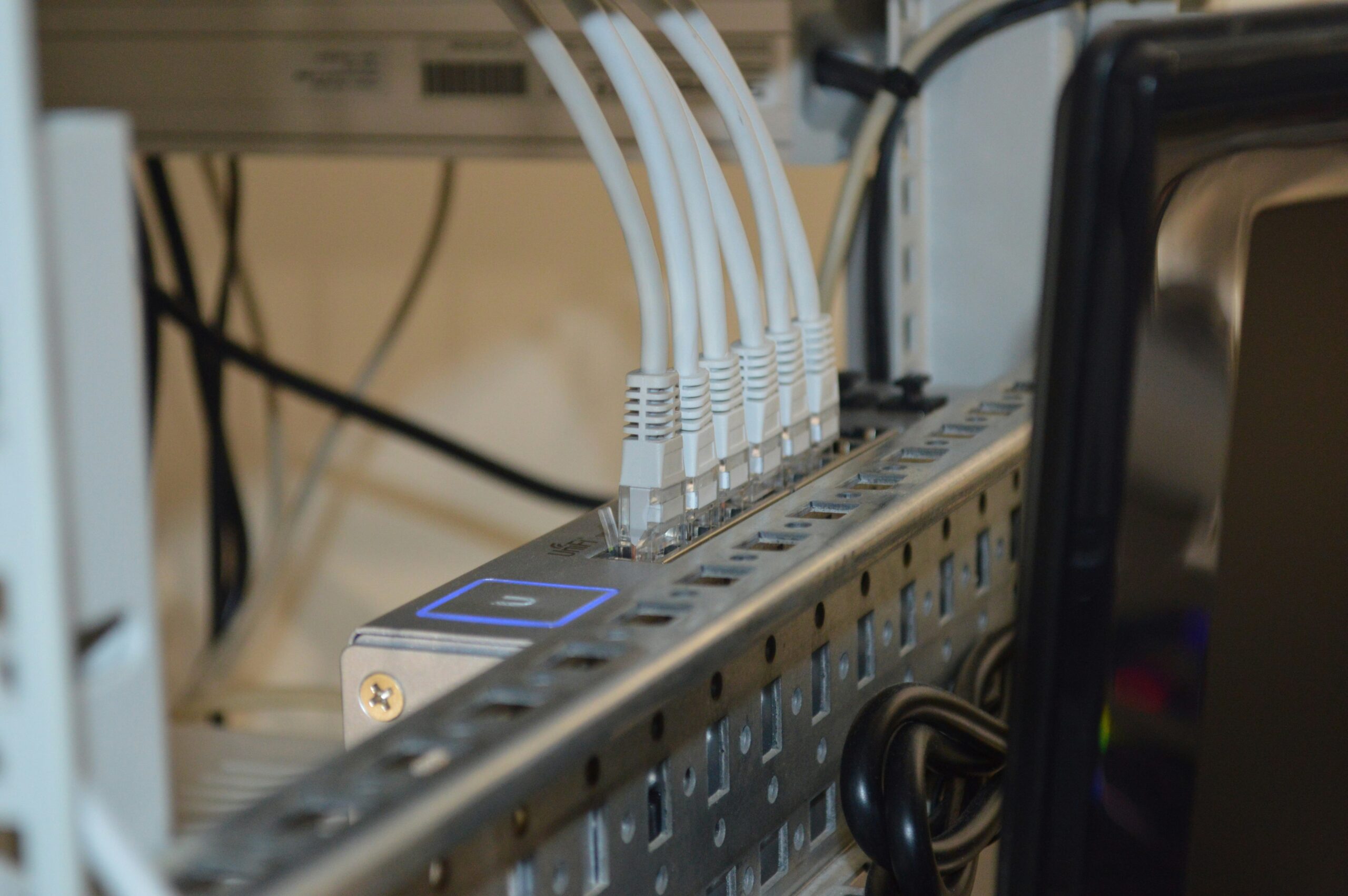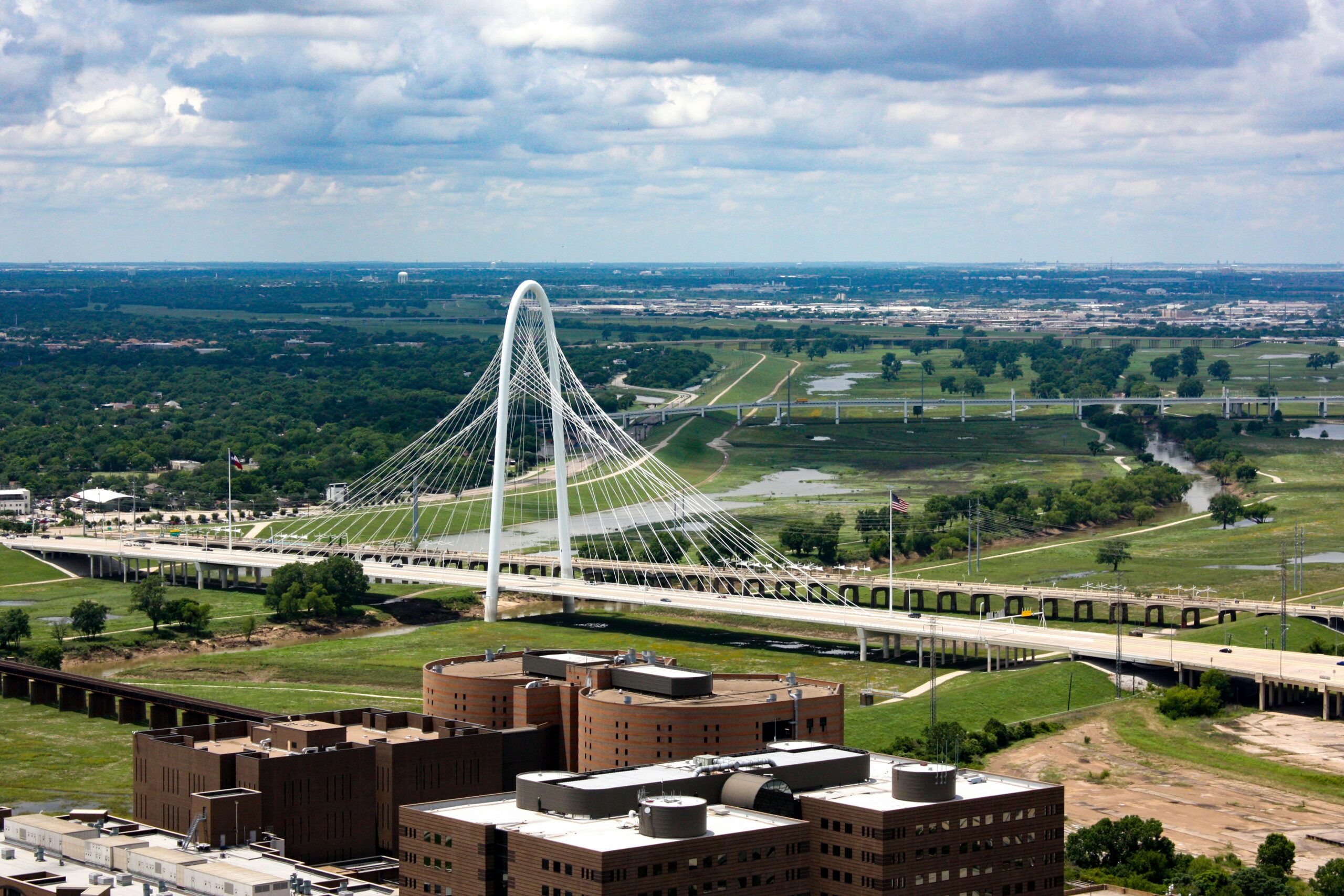Sorry, but nothing matched your search terms. Please try again with some different keywords.
Sorry, but nothing matched your search terms. Please try again with some different keywords.
© Texas Infrastructure Now 2024 All Rights Reserved
Political Advertising Paid For by Texas Infrastructure Now

Upgrading airport infrastructure is key to accommodating increasing passenger and cargo traffic. Texas airports will receive approximately $1.2 billion over five years for infrastructure development, including improvements to runways, taxiways, and terminal projects, ensuring safety and efficiency. Dallas/Fort Worth International Airport (DFW) and George Bush Intercontinental Airport are among the busiest, handling millions of passengers annually. In 2023, DFW saw over 81 million passengers, making it one of the busiest airports in the world. These airports significantly contribute to Texas’ economy, supporting thousands of jobs and facilitating both domestic and international trade. The influx of new residents and businesses to Texas places additional strain on our airports. New Texans do not bring expanded terminals or additional runways with them. Federal funding is a start, but it’s not enough. Texas must independently invest in its airport infrastructure to meet growing demands and ensure safe, efficient travel for all

Texas ports are essential to the state’s economy, handling significant cargo volumes and supporting thousands of jobs. Enhancements to port infrastructure are vital for maintaining Texas’ competitive edge in global trade. Texas is home to three of the top five ports in the U.S. by total tonnage: Port Houston (2nd), Port of Beaumont (4th), and Port of Corpus Christi (5th). These ports play a critical role in supporting nearly $450 billion in economic activity and facilitating 25% of Texas’ Gross Domestic Product. While the Port Infrastructure Development Program will see an investment of $2.25 billion to improve capacity and efficiency, local investment remains crucial. As Texas attracts more residents and businesses, our ports must expand to meet growing demands. New arrivals do not bring additional port facilities with them, and relying on federal bureaucracy will not address our immediate needs. Local investment in our ports is vital for maintaining Texas’ leadership in global trade and ensuring continued economic prosperity.

Texas is a leader in energy production, but modernization is necessary to maintain reliability and support economic growth. Approximately $3.5 billion in federal funding from the Bipartisan Infrastructure Law has been allocated to strengthen the resilience and reliability of the U.S. energy grid, including critical projects in Texas, to help modernize infrastructure and protect against extreme weather events. Proposition 7, passed in 2023, strengthens our energy grid by allocating funds to build new power plants and enhance grid resilience, ensuring stable and reliable energy supply. With Texas growing rapidly, our energy infrastructure must keep pace. Newcomers aren’t bringing power plants with them, and federal initiatives alone can’t guarantee energy security. By investing in our own energy infrastructure, we can ensure that Texas remains resilient, avoiding the pitfalls of a dysfunctional federal system and safeguarding our economic future.

Expanding broadband access is a top priority for Texas, aiming to bridge the digital divide. Texas has been allocated $3.3 billion as part of the Broadband Equity, Access, and Deployment (BEAD) Program to ensure every Texan has access to reliable internet. Proposition 8, approved in 2023, provides $1.5 billion to expand broadband access across the state, especially in rural areas. This is crucial for education, healthcare, and economic opportunities, particularly in underserved communities. As Texas’ population swells, the demand for reliable broadband access grows. New residents don’t bring internet infrastructure with them, and the federal government’s efforts may fall short. By investing locally in broadband expansion, Texas can ensure that all residents, regardless of location, have access to the high-speed internet necessary for modern life.

Water infrastructure is vital for Texas’ communities and industries. Proposition 6, passed in 2023, creates the Texas Water Fund, unlocking $1 billion to finance critical water supply projects, conservation efforts, and infrastructure repairs. With Texas’ population growth, these investments are crucial to support both urban and rural areas, as well as the wellbeing of Texas families. Texas’ booming population places increasing demands on our water infrastructure. As new residents pour into the state, they don’t bring additional water supply systems with them. Depending on federal assistance is unreliable; instead, Texas must take proactive steps to invest in our water resources to ensure a sustainable and secure future for all Texans.

Texas has the largest highway network in the United States, critical for economic growth and individual mobility. The state plans to invest $142 billion in transportation construction over the next decade, including $100 billion for a statewide roadway construction program in the same timeframe. This investment is essential as Texas has nearly 20,000 miles of highways in poor condition, impacting safety and efficiency. The economic impact of well-maintained roads is immense, supporting commerce, industry needs, and reducing congestion in rapidly growing areas. As Texas continues to grow by more than 1,000 individuals each day, the pressure on our roads and highways intensifies. These new Texans aren’t bringing their roads with them, and we can’t rely on a gridlocked federal government to keep our infrastructure up to speed. Investments made by our state legislature ensures that our roadways remain safe and efficient, supporting the state’s ongoing growth and economic vitality.